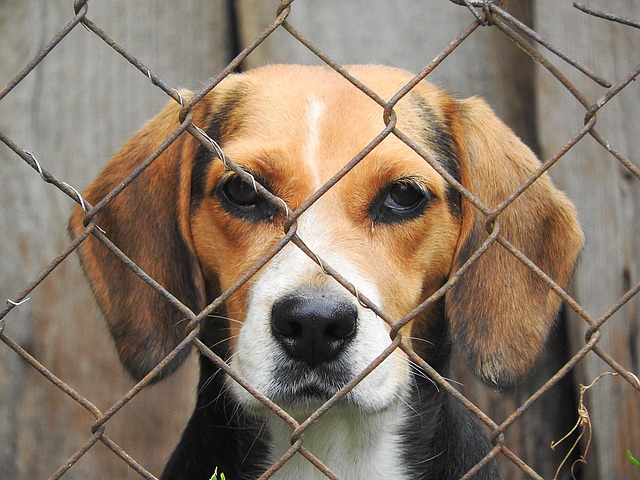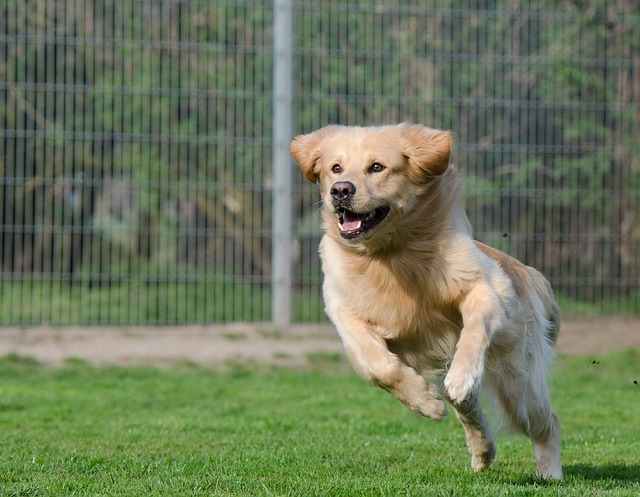Rescuing a dog

Rescuing a dog is a wonderful thing. It fills us with hope and pride and a determination that we can give this dog a better life. A good life. And we can. What we mustn’t lose sight of is that it’s not all about us. It has to be about the dog and what the dog understands and needs, or our two-way relationship can break down.
When dogs are brought to a new home, they can be overwhelmed. Depending on the history of the dog (which is often unknown), they may never have been inside a house, never seen stairs, never lived with another dog–or never lived without a canine companion. They may have lived with a large family, or with a single person. They may have been a stray or abused, coddled or neglected.

Whatever their situation, past and present, they need time to adjust and be introduced back into the world in increments. When we bring a dog home from a shelter or foster home, we want to share our new family member with our friends, show our dog his new freedom, our favorite places, take him to the dog park, introduce him to friends’ dogs, to our extended families. Right away. Before we even know our new dog. Before we even speak their language.
But dogs are complex creatures. They have a whole world that is theirs. They may be bold or sensitive. There are things they like and things they don’t like. Things that fill them with fear, with pleasure, with joy, with trepidation. They may not like to be touched except on the chest or the face–and only at certain times. They may be so stressed that they can’t eat. They may be overwhelmed by the size of the space they suddenly inhabit and have no idea how to interact with the furniture, the resident cat, or their new canine sibling. They may have never seen a child before, or a bicycle or a skateboard. And yet we expect them to be grateful and adaptable and to settle in as if they know they are home. For them, it may be just one more stop in their turbulent lives.
Training Tips:
- Take it slowly.
- Limit their space with baby gates initially so they have a small, safe area where they can feel comfortable and protected.
- Wait till they are relaxed with family members before introducing them to your extended family and friends.
- Introduce dogs carefully from the first meeting and separate your new dog from resident cats and dogs until they have had a time to adjust to the sounds and scents of their new siblings. Go SLOWLY. It’s much harder to fix relationships than to start off on the right foot.
- Praise and reward what they are doing RIGHT. Don’t take anything for granted. Dogs don’t automatically know what they are doing well. For example, praise any good interactions between the dogs in your home, reward with a treat and praise for not lunging and barking at cars, for walking politely past strangers, for not getting on the furniture, for being calm, for not putting their paws on the counter, for taking treats gently–all things that we might have taken for granted with our last dog–you can’t take for granted with a new dog. If your dog does something inappropriate, redirect him with a cookie or a toy and engage him in appropriate behavior and praise.
- Don’t shout at him–ever. Be firm, kind, and patient.
- Understand that every move your dog makes, every expression on his face, the tension in his body, the twitch of an ear, the position of his tail, is communication. It is not random. It means something.
- To begin to understand Canine Body Language, immediately print out a couple of copies of this poster on canine body language. Place one on your fridge and one on your coffee table, maybe a third in your bathroom or bedroom. A marvelous book on Canine Body Language is Brenda Aloff’s book “Canine Body Language“. It has literally hundreds of photographs of dogs with interpretations of what they are communicating. A wonderful website on Canine body language is http://eileenanddogs.com/dog-body-language/. The thing is, as humans, we might understand gross canine posturing–hackles, growling, snapping, and play bow, but we misunderstand so much more–such as the tail wag, the value of the growl, variations in posture, the ear position etc. Learn Canine Body Language and you’ll enrich your relationship with your dog a hundred fold.
- Don’t let him off leash too soon. Wait until you have a solid recall and strong relationship with your dog. A timid dog may stick to you like glue, but he could just as easily panic and flee. A bold dog or a dog driven by his nose, may take the opportunity to explore, then panic and not find his way back to you. A lost dog is a terrible thing to experience for both you and your dog.

Avoid the dog park. Read my blog on dog parks. Finding Vera, my novel about our very difficult, but ultimately wonderful rescue, is packed with canine body language in action, issues that can arise from adopting a troubled rescue dog, and how we worked through them. The more issues you can prevent in a rescue dog, the better–the problem being that you’ll never know what you prevented with your careful observation and intervention. Believe me, it’s worth the work!


An excellent post, full of really good advice. It’s so hard to be disciplined about a new pet. Being reminded that it is 1) for their own good, and 2) for the long-term success of the adoption, helps. And the links lead to great resources. I particularly liked the canine body language poster. So easy to print and keep around for reference! And who knew about the pitfalls of dog parks? Thanks for the heads-up!
LikeLike
These are awesome tips, I wouldn’t have considered, thank you so much!
LikeLike
Glad you enjoyed it, Hereforddoodles!
LikeLike
Thank you Sabine!
LikeLike